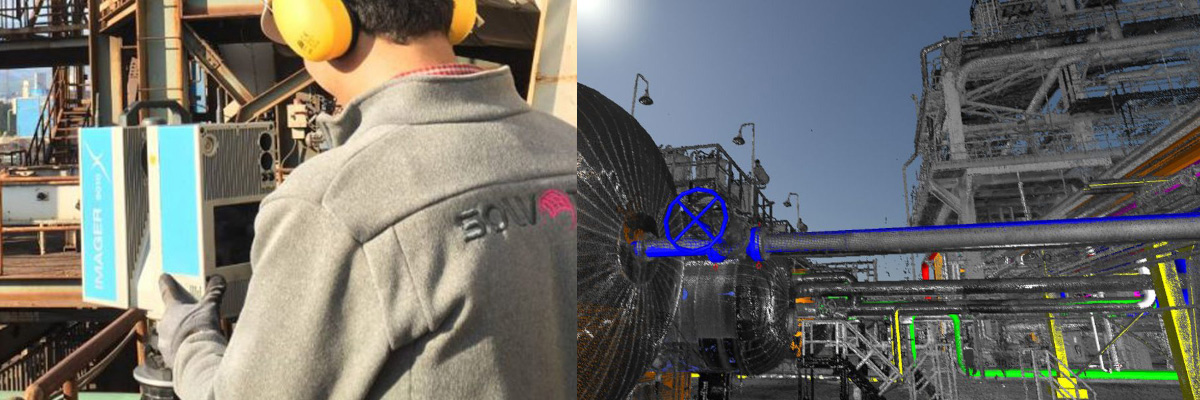3D laser scanning is a fast and effective way to get embedded data from real-world objects. It also allows engineers and architects to work remotely on-site, design accurately, and reduce conflicts. So, how does 3D laser scanning work?
3D scanners often work like a video camera on CAD (Computer-Aided Design) compatible devices such as phones or tablets. In other words, 3D scanners take a picture of an object. However, a camera takes two-dimensional photos, while the scanner captures the geometry of the object’s surface. So, who uses 3D laser scanning, how does 3D laser scanning work, and what are its applications? You can continue reading to learn more information about 3D laser scanning accuracy.
Who Uses 3D Laser Scanning?
3D laser scanning applications are a technology that engineers and architects benefit from. Typically used in the architecture and construction industry, this system allows to work remotely on-site, design accurately, and reduce conflicts.
How does a 3D Scanner Works?
3D laser scanners measure small details and free shapes, creating a highly accurate point cloud. Laser scanning offers a significant advantage over standard methods in measuring contoured and complex geometries. That is because standard measuring and touch measuring methods on complicated parts are unusable and require a lot of data to be known.
Common 3D Laser Scanning Applications
We offer 3D laser scanning services throughout the AEC industry. Contractors, freelancers, architectural design firms, industrial plants, energy companies, mechanical engineers, BIM managers, marine engineers benefit from these services. The most used 3D laser scanning applications are as follows:
-
Construction Industry
The biggest challenge in construction is coordination between different contractors and subcontractors. 3D laser scanning helps to check and validate the design against the design pattern. It can also help to see conflicts according to the way the environment is built. The services we provide with 3D laser scanning in construction are as follows:
- 3D BIM verification
- Progress Reports
- Ground Flatness Analysis
- Scan to BIM
- Asbuilt Data for Construction
- Bridge and Tunnel Studies
- Deformation Analysis
-
Architecture Industry
3D laser scanning is the fast and accurate way to go. With this data in hand, architects can visualize their projects with a variety of cloud-based tools and services, so clients can easily understand the design. We provide 3D laser scanning for office renovation projects, facade renovations, residential renovations, Scan to BIM projects.
- Site Plans
- Sections
- Layouts / Floor plans
- Reflected Ceiling Plans
- Sections
- Elevations
- Facade Drawings
- Scan to BIM
- Door, Window, Column, Casework Details
-
Marine Industry
Another common usage is 3D laser scanning for ship reverse engineering projects, hull and propeller models. Also, 3D laser scanning is commonly used to ensure that yachts have designs suitable for interior designers and do not need remanufacturing due to a fit issue. We provide 3D laser scanning services for the following:
- 3D Tank Models
- Hull Models
- Propeller Models
- Reverse Engineering
- Tank Calibrations
- Ballast Water Treatment Projects

-
Industrial Sector
Our industrial 3D scanning services help plant operators document the completed data of their assets. The use of 3D laser scanning data as a collaboration tool between project parties from different parts of the world is another big gain of this technology. The services we offer are as follows:
- 3D Plant Models
- Smart PDMS / E3D models
- Oil and Gas Plant 3D onboard scans
- Factory 3D scans
- Digital Twin
As Solvotek, we are here to assist architects, engineers, BIM managers, facility managers, naval architects, and plant managers in scanning and documenting the built conditions of project sites. You can contact us for more information.
